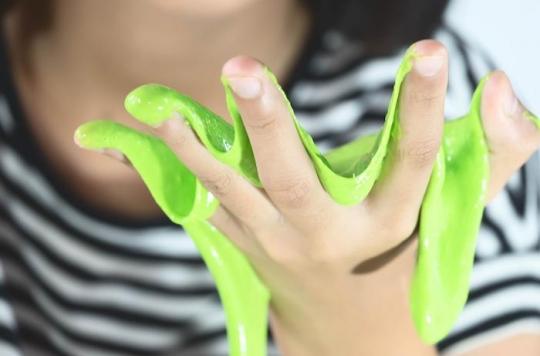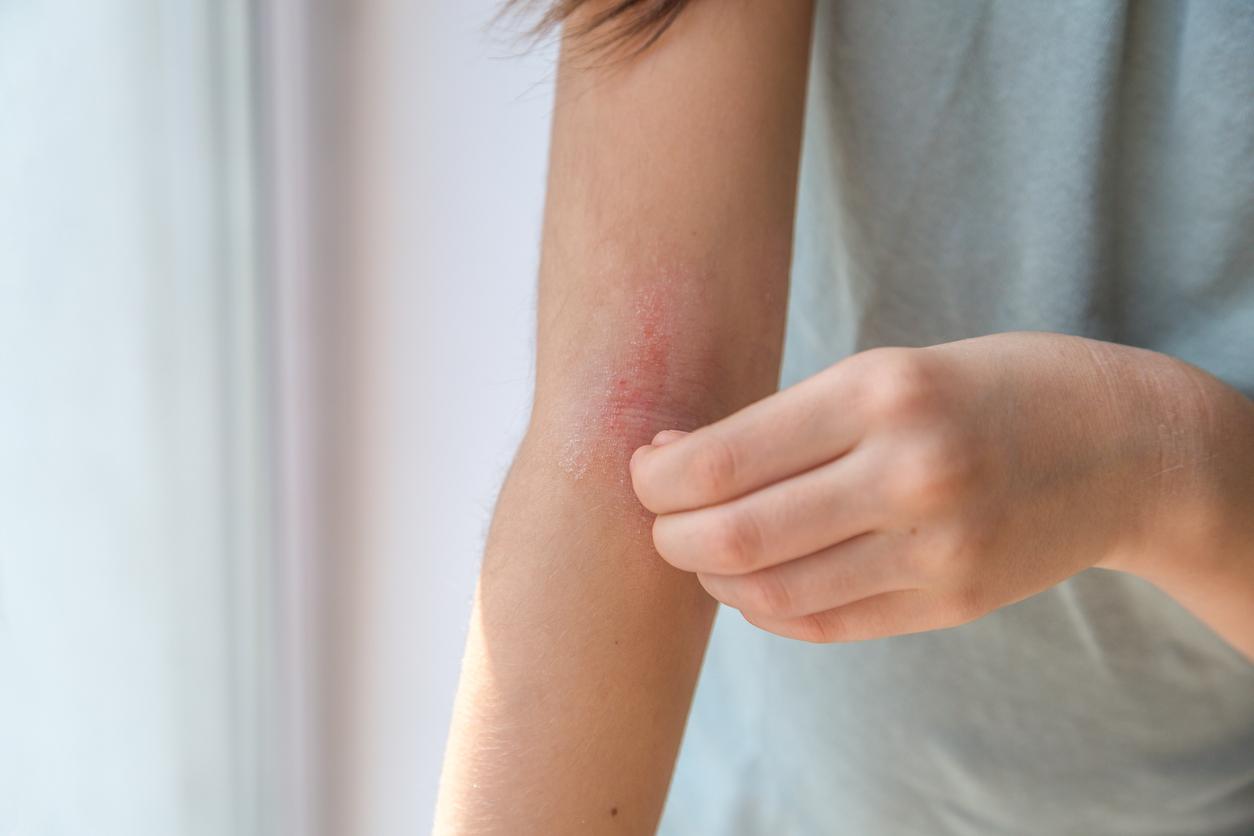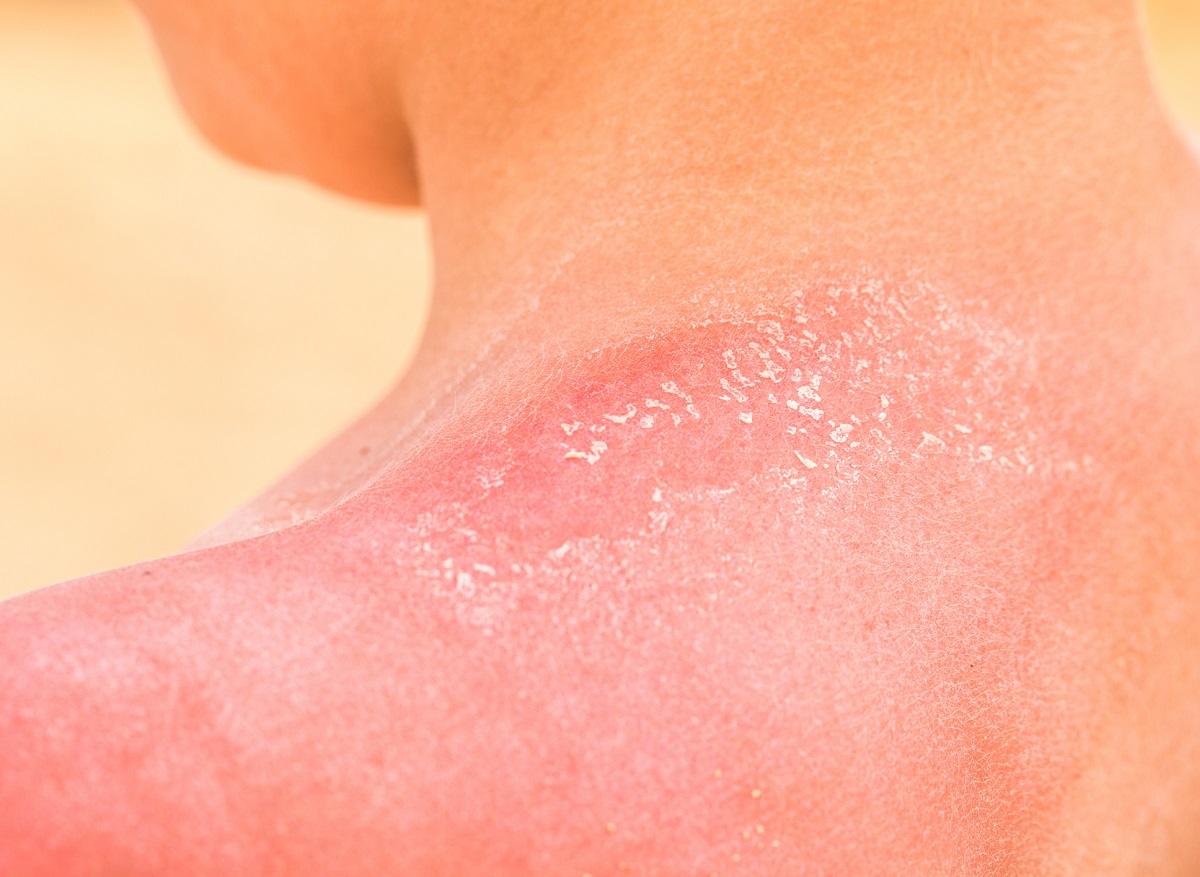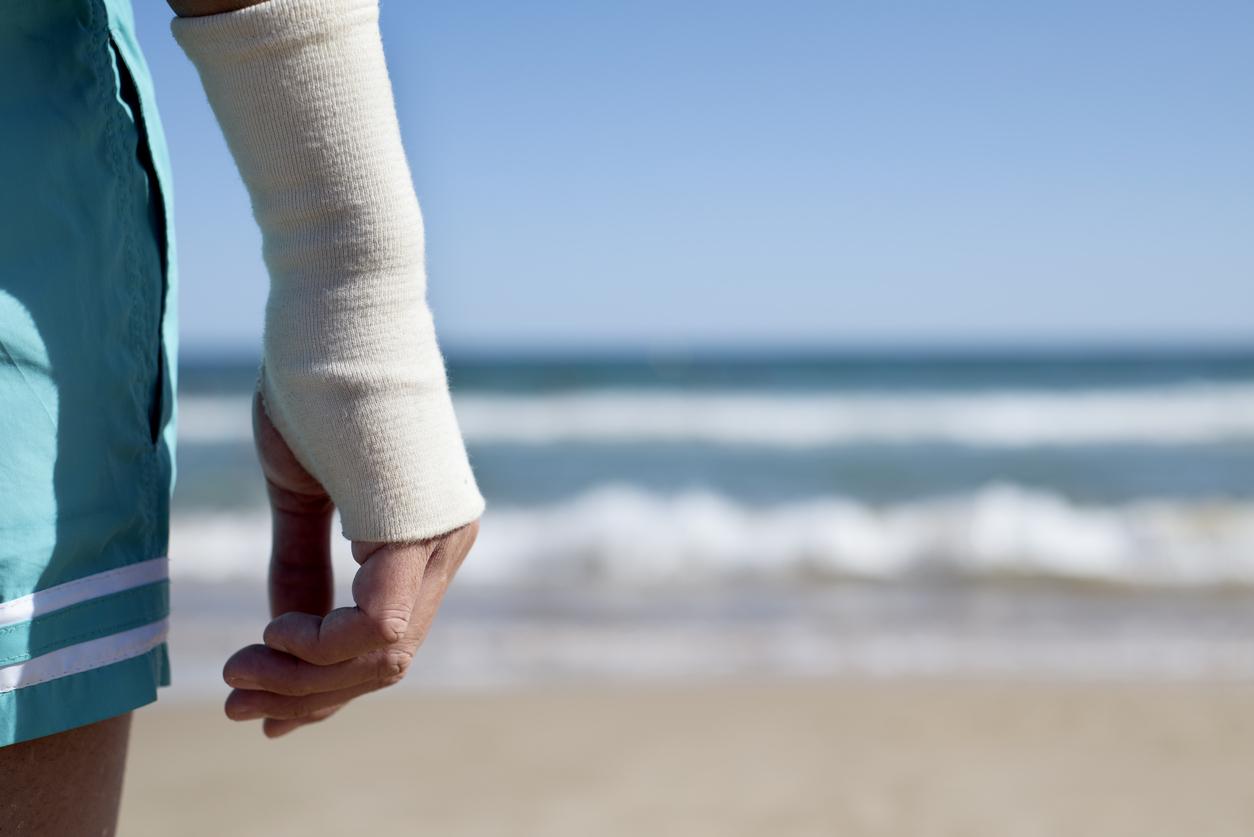Homemade slime pastes can burn skin and nails when kneaded. Doctors are sounding the alarm.

ANSES and the DGCCRF alert consumers to the risks associated with the manufacture and handling of Slime, this sticky, elastic and brightly colored mixing dough, very popular with children and adolescents. We are talking about homemade slime made from various constituents such as paper glue and detergent.
Several cases of damage to the skin and nails (burns, redness, itching) have been observed by the poison control centers, the Revidal-Gerda dermato-allergology vigilance network and the AllergOS network. Whatever the burn, it is necessary immediately rule out the source of the burn and it is advisable to immediately put the burnt part under cool water tap (10 to 15 ° C) for about ten minutes (ice cubes should not be used). This helps cool the lesion which prevents further deterioration of the skin and partly soothes the pain. Any colorant disinfectant that would complicate the analysis of the burn should be avoided. What to do next depends on the severity of the lesions :
• For a burn of the first degree (red skin without blisters), the application of an oily or moisturizer, recommended by the pharmacist, will hydrate the skin and calm the pain. Healing occurs within days.
• For a burn of the second degree (red skin with blisters), do not apply any product, cream or ice to the burn. The blisters should not be pierced, and a doctor should be consulted for his opinion on the severity, and his prescription for the dressing. Healing usually occurs within a few weeks.
Some second-degree lesions are deep and extensive and require treatment in a specialized center.
• Burns of the third degree (absence of pain and tenderness) are medical emergencies. It is therefore necessary to notify the emergency services by dialing 15 or 112 from a mobile.
While waiting for their intervention, put the lesion under cool tap or shower water for 15 minutes. It is not necessary not try to remove clothes that could stick to the burn.
Boron and infertility
A substance allowing to make the dough elastic is obligatorily used: boron. It is used directly in powder or via medicinal and commercial products such as eye wash liquids or various detergents, without taking into account that boric acid and its derivatives should not be repeatedly handled by children. Indeed, these compounds are toxic for fertility and embryo-fetal development, especially since the quantities used during the manufacture of Slime are greater than in traditional uses.
However, according to a new study by researchers at the Perelman School of Medicine at the University of Pennsylvania, infertility is a factor in disease and, consequently, in earlier death in women. Indeed, women with a history of infertility are at a 10% increased risk of death compared to those without infertility problems.
Presented at the annual congress of theAmerican Society of Reproductive Medicine, in San Antonio (Texas), the American study also looked at specific causes of death. It has shown that women with a history of infertility have a 20% increased risk of cancer-related mortality.
Central nervous system
As the multiple manufacturing tutorials that are popping up on the web indicate, the basic ingredient for making Slime is liquid paper glue, which contains preservatives, including formaldehyde liberators or isothiazolinones, substances that are very allergenic by cutaneous route, as well as many solvents (ethanol, ethyl acetate, methyl acetate) responsible for irritation of the respiratory tract and eyes. Solvents are also toxic to the central nervous system.
Eczema
The handling of all these products can also be the cause of severe contact dermatitis * due to allergenic or irritant preservatives. LAtopic dermatitis, better known as eczema, is the most common skin disease in children. 10 to 20% of children under 5 would be affected. And obviously for a long time, according to a study published in the specialized journal JAMA Dermatology. While until now it was thought that the disease disappeared with growing older in most cases, a US study claims that “atopic dermatitis is a lifelong disease with periods of ups and downs in skin problems.”
The authors followed more than 7,000 children aged 2 to 17 with atopic eczema, diagnosed on average at the age of 1.5 years. For more than 5 years, their symptoms and treatment were assessed every 6 months. At each age, more than 80% of them had symptoms of eczema or needed treatment for their atopic dermatitis. Over the course of the study, 64% of these young people had no 6-month period without eczema and without medication. It is only from the age of 20 years, that one in two patients reports at least a period of “remission” of 6 months without treatment in five years of study.
The DGCCRF also carried out a survey on the “Slime” kits sold ready-made in boxes. Out of 15 samples analyzed, 2 kits contained a boron content greater than the authorized limit and have already been withdrawn from the market and recalled. Children are the most likely to experience negative health impacts from Slime.

.















